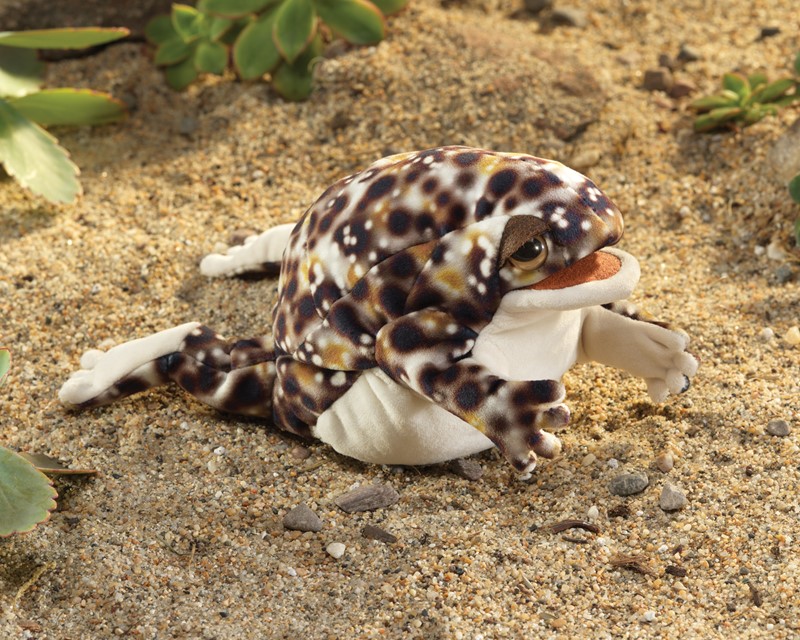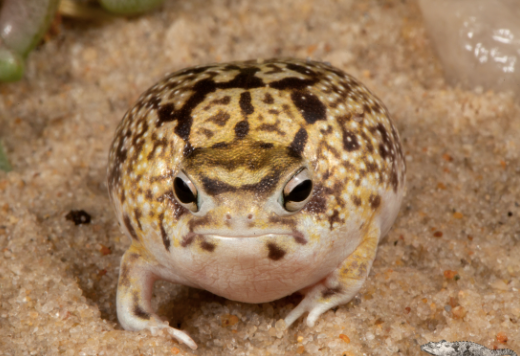The Very Best Reptile Enclosures: How to Create the Ideal Habitat
Creating the perfect habitat for reptiles is not practically placing them in a tank or enclosure; it involves a thoughtful consideration of various factors that contribute to their overall well-being. From the dimension of the unit to the sort of substratum utilized, every aspect plays a critical duty in giving a setting where your reptile can flourish. By comprehending the specific demands of your reptile varieties and carrying out the ideal habitat setup, you can ensure their wellness and joy in bondage.
Choosing the Right Enclosure Dimension
When picking a room size for reptiles, it is vital to consider their natural behaviors and room needs to ensure their well-being and wellness. Various reptile species have differing demands when it pertains to habitat room. Arboreal varieties like chameleons or tree snakes require upright area for climbing and setting down, while earthbound species such as bearded dragons or leopard geckos require even more floor room for checking out and thermoregulation. Aquatic turtles like red-eared sliders demand rooms with both water and acreage for swimming and basking.
A general guideline of thumb is to offer enough area for the reptile to exhibit natural habits, such as basking, concealing, climbing up, and foraging. By meticulously taking into consideration the specific needs of the reptile species in question, owners can create a suitable and enhancing habitat that promotes general wellness and motivates natural behaviors.
Setting Up Proper Burner
To make certain the health and health and wellness of reptiles in their enclosures, it is essential to meticulously establish up proper home heating aspects. When setting up heating aspects in a reptile enclosure, it is critical to think about the particular temperature level demands of the species you are caring for.
One usual and efficient burner for reptile rooms is a warmth lamp or ceramic warmth emitter. These warm sources can be utilized to create a temperature level gradient within the room, allowing reptiles to relocate in between warmer and cooler areas as required. Furthermore, under-tank home heating pads or heat floor coverings can be used to give tummy warmth, which is particularly valuable for reptiles that require additional heat to aid in food digestion.
Checking the temperature within the room utilizing a thermostat is important to make sure that the burner are preserving the ideal temperature range for your reptile. Consistently examine and change the heating elements as needed to develop a healthy and balanced and comfortable environment for your scaly pal.
Picking Appropriate Lights Components

Offering the Suitable Substratum
Choosing the suitable substrate is essential for developing a comfy and appropriate environment for reptiles in their units. Some reptiles, such as desert-dwelling types like bearded dragons, flourish on substrates like calcium sand or reptile carpeting, while others, like round pythons, like coconut husk or aspen bedding to Continued maintain moisture levels.
Stay clear of substrates that can create impaction, such as loose substrates like sand or crushed rock, particularly for reptiles recognized to ingest their bed linen. Routinely cleansing and replacing the substrate is essential to guarantee a hygienic and tidy environment for your reptile.
Decorating for Enrichment and Convenience
Considering the substratum's duty in offering a structure for all-natural habits and preserving an ideal environment, improving the reptile unit with proper designs is critical for both enrichment and comfort. Designs such as branches, rocks, hideouts, and man-made plants not just create a much more aesthetically enticing habitat but likewise offer useful purposes. Branches offer climbing chances for arboreal varieties, while rocks can act as basking spots for warmth. Hideouts provide sanctuary and protection, reducing tension degrees for the reptile. Man-made plants not just boost the visual appeals however likewise supply concealing places and enrichment by permitting the reptile to interact and explore with its environment. When decorating the enclosure, it is vital to think about the reptile's species-specific requirements and behaviors to create a space that promotes psychological and physical health. By including a selection of decors that resemble the reptile's all-natural habitat, owners her explanation can ensure their pet dog's comfort and stimulate their all-natural reactions, inevitably causing a happier and much healthier reptile.
Conclusion

Creating the ideal environment for reptiles is not simply concerning placing them in a tank or room; it includes a thoughtful factor to consider of numerous factors that contribute to their overall well-being.Choosing the proper substratum is crucial for creating a suitable and comfortable environment for reptiles in their rooms. Some reptiles, such as desert-dwelling types like bearded dragons, prosper on substratums like calcium sand or reptile carpeting, while others, like round pythons, favor coconut husk or aspen bed linens to keep moisture levels.
By integrating a range of designs that resemble the reptile's natural habitat, owners can ensure their pet's comfort and stimulate their all-natural reactions, inevitably leading to a better and much healthier reptile.
In final thought, producing the optimal habitat for reptiles involves selecting the appropriate unit dimension, home heating aspects, lighting fixtures, substratum, and decors.